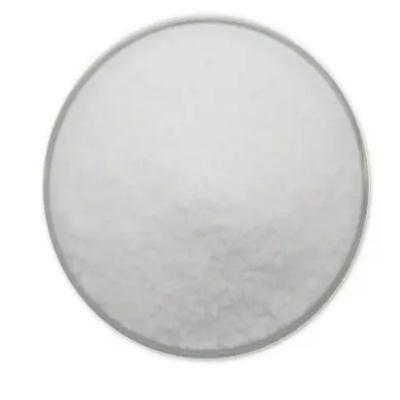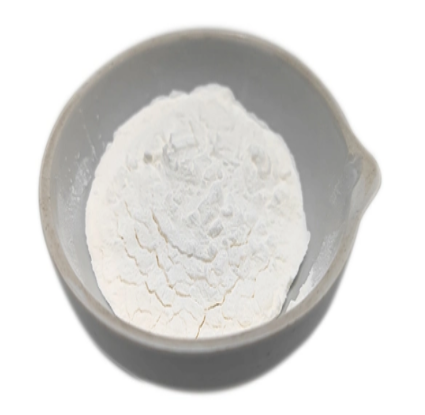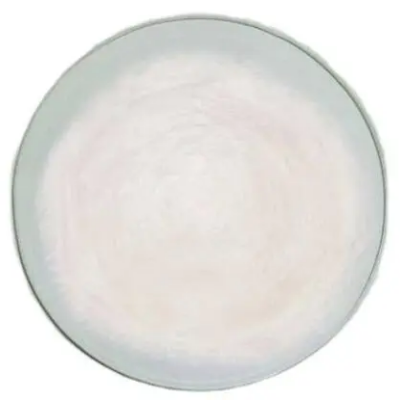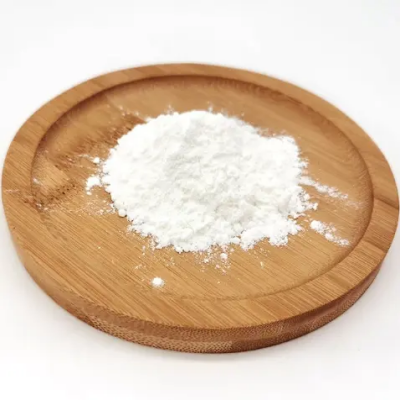THIOMORPHOLINE 1,1-DIOXIDE HYDROCHLORIDE CAS:59801-62-6
Thiomorpholine 1,1-dioxide hydrochloride, also referred to as thiomorpholine sulfone, has garnered attention for its role in various fields, particularly in medicinal chemistry and organic synthesis. Its core structure consists of a six-membered morpholine ring that is both saturated and contains a sulfur atom, with an additional sulfone (–SO2) group attached. This distinctive arrangement imparts the compound with unique chemical and physical properties, making it a valuable entity in the development of novel pharmaceuticals. One of the most notable aspects of thiomorpholine 1,1-dioxide is its potential pharmacological activity. Research suggests that this compound may exhibit anti-inflammatory, analgesic, and antimicrobial properties, indicating possible applications in treating various diseases and conditions. The presence of the sulfone moiety enhances its ability to interact with biological targets, potentially leading to the inhibition of specific enzymes or receptors involved in disease processes. Such interactions can pave the way for new drug candidates aimed at alleviating symptoms in conditions like arthritis or infections. In addition to its biological significance, thiomorpholine 1,1-dioxide hydrochloride serves as an important intermediate in organic synthesis. Its reactive functional groups allow for further derivatization and modification, enabling chemists to create a range of derivatives with tailored properties. These derivatives can be explored as potential drugs or as components in advanced materials. The hydrochloride form of thiomorpholine 1,1-dioxide improves its stability and solubility, facilitating its use in aqueous environments. This property is essential for pharmaceutical applications, where bioavailability and ease of formulation are critical factors. In summary, thiomorpholine 1,1-dioxide hydrochloride represents a significant compound with diverse applications in medicinal chemistry and organic synthesis. Its unique structural characteristics, coupled with promising biological activities, continue to drive research efforts aimed at unlocking its full potential in drug discovery and development. As studies progress, thiomorpholine derivatives may offer exciting new avenues for therapeutic innovation.



| Composition | C4H10ClNO2S |
| Assay | 99% |
| Appearance | white powder |
| CAS No. | 59801-62-6 |
| Packing | Small and bulk |
| Shelf Life | 2 years |
| Storage | Store in cool and dry area |
| Certification | ISO. |







![2-[2-(2-Fluorophenyl)-2-oxoethyl]propanedinitrile CAS:312307-38-3](https://cdn.globalso.com/xindaobiotech/14Z4YR3PJ6@V5_YM320.png)

